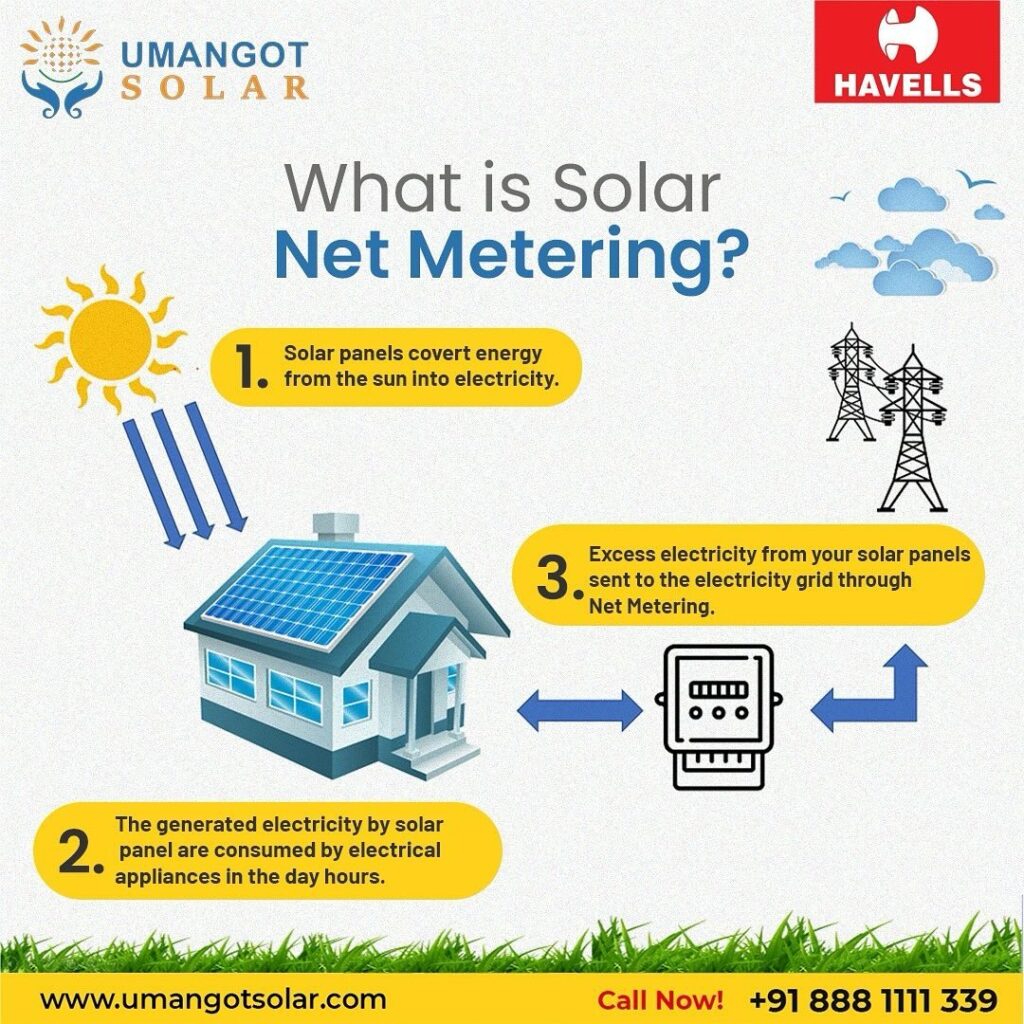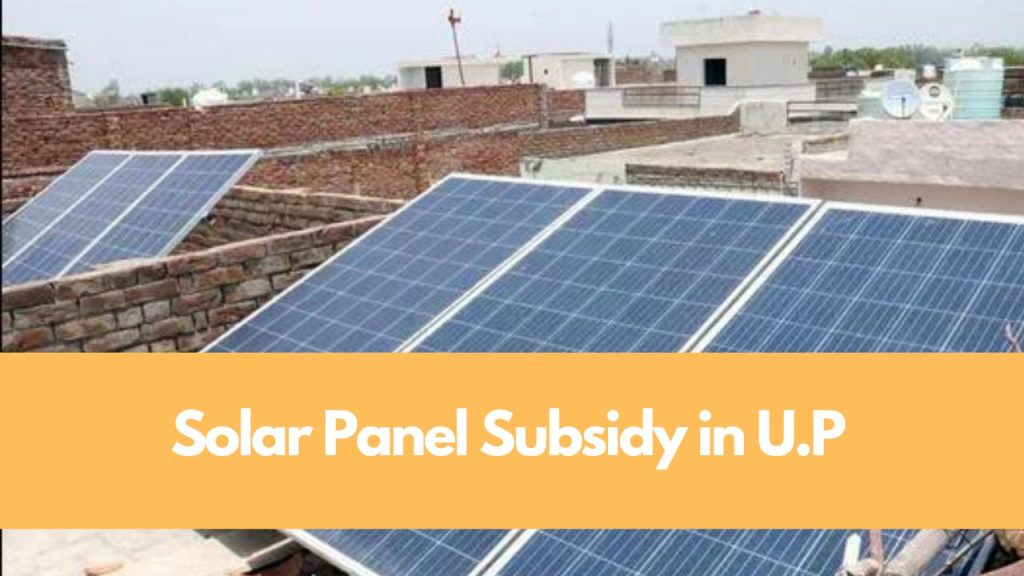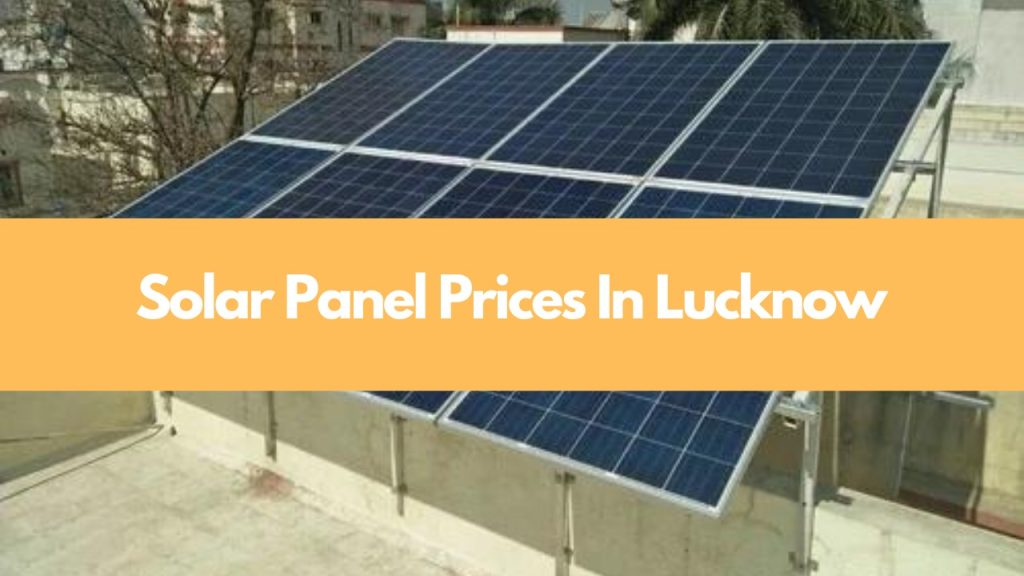What Is Net Metering?
Solar Net metering is a billing mechanism that credits solar energy system owners for the electricity they add to the grid. For example, if a residential customer in Lucknow has a PV system on their roof, it may generate more electricity than the home uses during daylight hours. If the home is net-metered, the electricity meter will run backward to provide a credit against what electricity is consumed at night or other periods when the home’s electricity use exceeds the system’s output. Customers are only billed for their “net” energy use. On average, only 20-40% of a solar energy system’s output ever goes into the grid, and this exported solar electricity serves nearby customers’ loads.
Giving Customers Control Over Their Electricity Bills
Net metering allows utility customers to generate their own electricity cleanly and efficiently. During the day, most solar customers produce more electricity than they consume; solar net metering allows them to export that power to the grid and reduce their future electric bills.
Creating Jobs & Encouraging Private Investment
Net metering provides substantial economic benefits in terms of jobs, income and investment. Solar Net metering increases demand for solar energy, which in turn creates jobs for the installers, electricians, and manufacturers who work in the solar supply chain. Today, the solar industry employs more than 230,000 American workers in large part due to strong state net metering policies which have allowed the solar industry to thrive.
Protecting the Electric Grid
Unfortunately, some utilities perceive solar net metering policies as lost revenue opportunities. In fact, net metering policies create a smoother demand curve for electricity and allow utilities to better manage their peak electricity loads. By encouraging generation near the point of consumption, solar net metering also reduces the strain on distribution systems and prevents losses in long-distance electricity transmission and distribution. There are a wide variety of cost-benefit studies around the country that demonstrate the value solar provides to local economies and the electricity system as a whole.
How Solar Net Metering works
A rooftop solar panel facilitates the generation of extra electricity than the requirement of people. However, due to the absence of a proper storage system, the electricity produced by solar panels gets wasted. The solar net metering system solves this problem by transferring the extra power to the electricity grid.
All the solar net-metering systems are connected to the electricity grid. When the solar meter produces an extra quantity of electricity, the bidirectional electric meter rotates in the reverse direction to measure the transfer of the electric unit to the grid.
The transferred electricity is credited to your bill. This means that when you need to use the electricity afterward, you only need to pay for the extra unit of electricity you consume. In addition, the bidirectional electric meter keeps a record of all the power exchanges. Therefore, you don’t need to maintain power utility on a daily basis.
Benefits of Metering Energy and Net Metering system
Net metering is an excellent way of promoting sustainable energy utilisation. It offers the following benefits to users and the environment:
It prevents the requirement of storage battery: Solar panel owners don’t need to invest in batteries to store the extra power. The metering energy inverter easily transfers excess electric power to the grid. Whenever people need electricity, they can do so without paying an additional charge.
It generates financial credit: Metering energy offers a great way of generating a passive income for people who have a large solar panel setup. This means that by generating multiple units of electricity, people can get either credit for further use or revenue from the state government or the electric department.
It has a low maintenance cost: Solar Net metering is a cost-effective option for using electric power. In addition, the transfer of excess power to the electric grid reduces the maintenance charge compared to a non-grid system.
It prevents the requirement of storage battery: Solar panel owners don’t need to invest in batteries to store the extra power. The metering energy inverter easily transfers excess electric power to the grid. Whenever people need electricity, they can do so without paying an additional charge.
It has a low maintenance cost: Net metering is a cost-effective option for using electric power. In addition, the transfer of excess power to the electric grid reduces the maintenance charge compared to a non-grid system.
Importance of Grid Connected Solar system
We can say that in a grid-connected solar system, the flow of electricity is back-and-forth, to-and-from the main grid to the panel, and vice versa, as per the sunlight conditions and the electricity demand.
The PV solar panels are connected to the local main lines to facilitate the transfer of electrical energy back into the grid. That is why it is commonly known as ‘grid-tied, or ‘on-grid solar system.
How do I install net metering?
Step 1: Your application form is to be submitted to the DISCOM along with all the necessary documents and the permit fee. The list of documents may vary from state to state thus you can get in touch with your respective distributing company (DISCOM) to check out the list of required documents.
Step 2: Once your registration process is done, DISCOM carries out an inspection of the location where the rooftop solar project is to be installed. On the basis of this inspection, the application status is decided.
Step 3: On the approval of the application, further important details like the solar modules to be used, plant size, and the layout structure is required to be submitted to the DISCOM for approval.
Step 4: Site Inspection is a very important process in the installation of the solar Net metering units by Umangot Solar, one of the best solar company in Lukcnow . Once the site is approved, an agreement is signed between the house owner and the DISCOM in which the old meter is replaced with the net meter and is all set to provide the benefits.
Step 5: Final Installation ensures that you are ready to avail the services of net meter and all its benefits.
How to Check Solar Net Metering Reading?
You can check the net meter reading and get the number of units generated through your rooftop power plant. After this, you can compare them with the number of units consumed. There are companies like L & T, Secure and HPL who are net- meter approved companies which help you to find you difference reading. The difference in the number of units will let you know the excess or surplus units. In this way, you will be able to know the amount adjusted and the net amount you need to pay to the electricity board.
A Solar Net metering system is the best solar power generation system because it lets you use the required unit of electricity and exchange the excess power for revenue or credit. People don’t need to set up and maintain an electricity storage unit because the bidirectional electric meter conveniently transfers unused energy to the electric grid.
Moreover, this system promotes pollution-free power generation, which reduces harsh effects on the environment.
Sign up for Free Electricity Today
FAQs (Frequently Asked Questions)
1. Can I use power from the solar net metering system during a power cut?
No, this system only allows you to use electricity when there is a power supply in your area. Since no battery or other storage device is involved, using electric current during a power cut becomes impossible.
2. Is it possible to sell surplus electricity generated domestically?
You can easily sell any surplus unit of electricity to the government or power distribution by solar company in lucknow by connecting your solar power generation system to the state’s electricity grid.
3. Can I use a general-purpose inverter for solar net metering?
No, rather it is crucial to use a solar inverter. The specific design of this inverter facilitates the convenient conversion of direct current obtained from solar panels into alternating current, which is then either used for household purposes or transferred to the grid.



